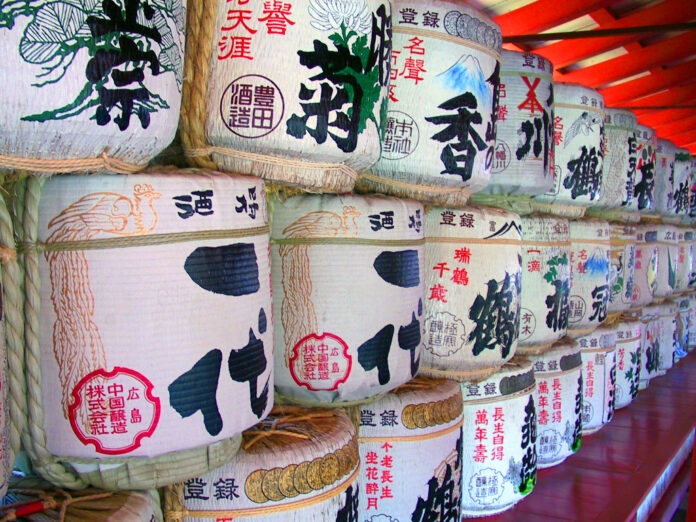By Mike Miranti-
Sake Expert Zak Gross joined us in the studio this week to talk all this Sake. Zak is a partner of Soto Sake, a newer sake brand that is taking the US by storm. It is an incredibly smooth and affordable Junmai Daiginjo.
Essentially everything I know about sake I learned from Zak. We worked together at Sen Sakana and he made sure to teach me everything I needed to know and then some. I still occasionally text him questions and he always gets back to me and explains his answer thoroughly.
Zak started serving at a very popular Japanese Restaurant in Hollywood, California and decided he would separate himself from the other servers by learning about sake and being able to upsell expensive bottles. His sake knowledge allowed him to go work at top Japanese restaurants all over LA and NYC. He eventually became the head bartender at Shuko and then worked with as the Beverage Director at Sen Sakana.
Sake 101
There are two ways to categorize sake
Purity:
Junmai: Roughly translates to “Pure” this classification means that this sake was made only with Water, Yeast, Rice, and Koji. The rice milling can be at 70% for it to be called Junmai, but can also be a prefix for Ginjo and Daiginjo, hence Soto Sake being a Junmai Daiginjo. If sake does not have the Junmai label it means that the brewer decided to add a small amount of neutral spirit to the sake.
Milling:
Honjozo: This is the most popular classification of sake in Japan. It is the minimum amount of polishing at 70%. I like to try a brewery’s Honjozo before I try anything else because if it is good, the rest of their sake will most likely be good
Ginjo: Rice with a polishing rate of 60% or less, a cleaner sake compared to Honjozo
Daiginjo: Rice with a polishing rate of 50% or less, the highest quality sake



















